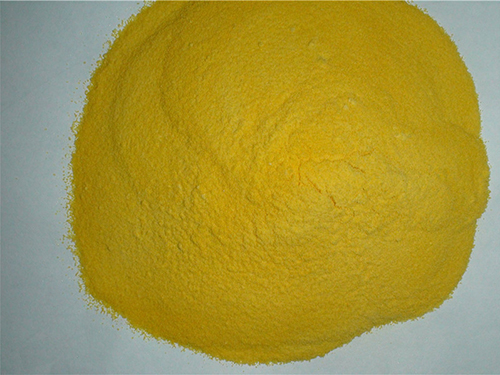water treatment flocculation chemicals
Understanding Flocculation Chemicals in Water Treatment
Water is undoubtedly one of the most vital resources on our planet. However, the quality of water is often compromised due to various pollutants and impurities, making effective treatment essential. Among the methods employed in water treatment, flocculation plays a crucial role in clarifying water and removing suspended particles. This process utilizes a set of chemicals known as flocculants, which help agglomerate small particles into larger ones, or 'flocs,' facilitating easier removal. This article delves into the types of flocculation chemicals used in water treatment, their mechanisms, and their significance in ensuring potable water.
What is Flocculation?
Flocculation is a physical-chemical process wherein fine particulates are agglomerated into a floc, a mass of particles. The primary goal is to enhance the removal of suspended solids from water. The process generally involves three key stages charging, agglomeration, and settling. Initially, chemicals called coagulants neutralize the negative charges on suspended particles. Following this, flocculants form bridges between these particles, leading to the formation of larger aggregates or flocs. Finally, these flocs settle to the bottom of the treatment tanks, making it easier to separate them from the clarified water.
Types of Flocculation Chemicals
1. Coagulants Coagulants are often the first step in the flocculation process. Common coagulants include aluminum sulfate, ferric chloride, and polyaluminum chloride. These substances work by destabilizing the suspended particles, making them easier to group together.
2. Flocculants After coagulation, flocculants aid in binding the small aggregates formed during coagulation into larger, settleable flocs. The primary types of flocculants include - Synthetic Polymers These are widely used in water treatment processes due to their effectiveness and stability. Polyacrylamides and polyethylene oxides are popular synthetic flocculants that can be tailored to specific water treatment needs. - Natural Polymers Flocculants such as chitosan, guar gum, and starch are derived from natural sources. They are considered environmentally friendly and are effective for certain types of wastewater treatment and in industries that prioritize sustainability.
water treatment flocculation chemicals

3. pH Adjusters Chemicals like lime or soda ash may be added to adjust the pH of the water before or during the flocculation process. Maintaining the right pH level is crucial as it significantly influences the efficacy of both coagulants and flocculants.
Mechanism of Action
The flocculation process begins as coagulants neutralize the electrostatic charges of suspended particles. Once the particles are destabilized, flocculants enhance the agglomeration process by increasing the size of these particles. This mechanism occurs due to the polymeric structure of flocculants, which essentially acts as a bridge between individual particles, promoting their combination into larger aggregates that can be easily removed through sedimentation or filtration.
Importance of Flocculation in Water Treatment
The use of flocculation chemicals is imperative for various reasons - Enhanced Water Quality Flocculation significantly reduces turbidity and particulate matter in water, making it safer and more visually appealing. - Cost-Effective Flocculation is a relatively simple and cost-effective method to treat large volumes of water compared to other advanced treatment processes. - Environmentally Friendly Options With rising environmental awareness, the use of natural flocculants presents a sustainable alternative that minimizes chemical pollution.
In conclusion, flocculation chemicals are fundamental components of efficient water treatment systems. By understanding their types, mechanisms, and importance, water treatment facilities can optimize their processes, ensuring the delivery of clean and safe drinking water. As advancements in technology continue, the future of flocculation in water treatment looks promising, paving the way for innovative and sustainable solutions.
-
Premium Isothiazolinones | Broad-Spectrum Biocidal SolutionsNewsAug.28,2025
-
LK-319 Special Scale And Corrosion Inhibitor For Steel Plants: Advanced Solutions for Industrial Water SystemsNewsAug.22,2025
-
Flocculant Water Treatment: Essential Chemical Solutions for Purification ProcessesNewsAug.22,2025
-
Isothiazolinones: Versatile Microbial Control Agents for Industrial and Consumer ApplicationsNewsAug.22,2025
-
Scale Inhibitor: Key Solutions for Water System Scale PreventionNewsAug.22,2025
-
Organophosphonates: Versatile Scale Inhibitors for Industrial Water SystemsNewsAug.22,2025





